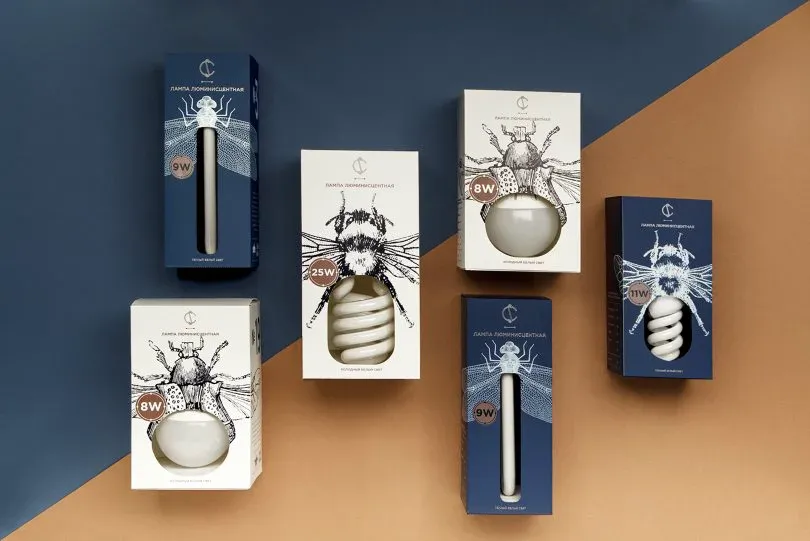Packaging design that the consumer likes
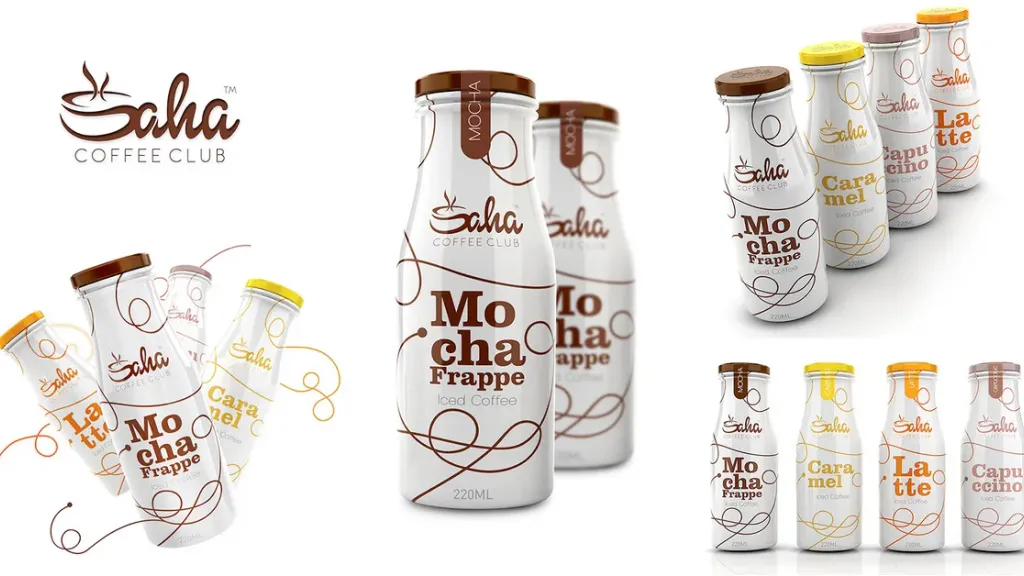
Have you ever wondered how often we buy a product, relying in its choice only on attractiveness its packaging? The results of numerous marketing studies conducted around the world are unanimous: it is attractive design favorably distinguishes the brand on the shelf, attracts the attention of consumers and, ultimately, literally forces us to buy one or another brand.
Most daily purchases, both in large supermarkets and in small shops, are purely impulsive. and occur under the influence of visual elements and emotional impulses. In this case, most often, the initial contact with the consumer of the brand is given no more than 10 seconds. The main difficulty is that during this time the product must not just to catch the eye of its potential owner, but also to really interest him, to make him approach the shelf, take the package in hand and carefully examine the product itself.
Thus, the main task facing the package is reduced to its continuous dialogue with the buyer, and on topics of interest to the buyer. From just a “beautifully painted box” packaging turns into a leading speaker, the main intermediary between the brand and the buyer. Its design is simply bound to emphasize the individuality of the trade brand, to rebuild it from existing competitors and, of course, to fully communicate information about the product itself.
The right branding strategy of the product is able to capture the buyer so much that over time he will not notice how to replenish ranks of fans of a particular brand. Experts say that in order for a brand to be remembered, it needs at least 10 contacts with the consumer. It is possible to achieve such results, but for this you need to make every effort and perform all the necessary requirements for the design of the package.
Features of packaging design
The first thing to think about when starting to design a package is the idea it needs to convey. The inventor of one of the most successful Russian vodka brands, Mark Kaufman, once said: “Packaging has stopped be a key element of marketing in the 70s of last century. The modern market is a market of struggle not of packings and not even goods, but ideas. “
It should be noted that Kaufman’s words have some meaning. That is why, starting to develop a design for packaging, first it is necessary to conduct a number of marketing research, to identify the main expectations of consumers and their opinion about a particular product, and only then, based on the results obtained, to form an idea that will later be embodied in the visualization of the brand.
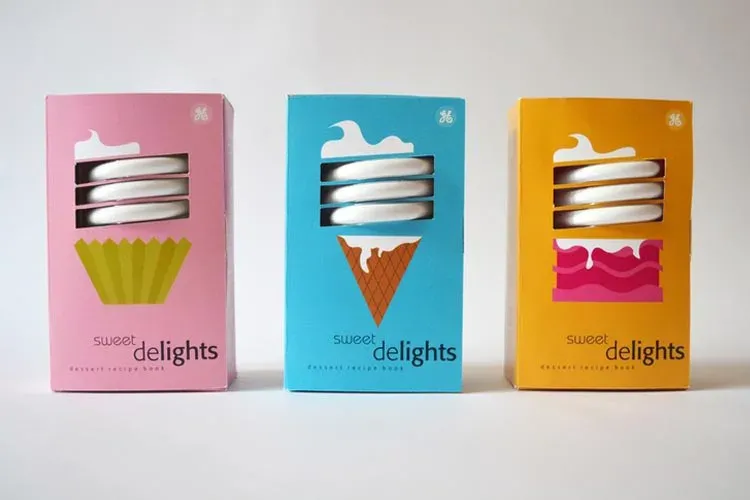
Another factor that should not be forgotten for a second when starting to create packaging, is that, as well as any of the tasks of branding, packaging development also has its own laws of the genre, which not everyone can handle.
We list only the main ones:
- Functionality. When creating a package, the designer must remember - he does not create a work of art, but replicated, mass product. Packaging must be technological in manufacture, ergonomic and clear by design.
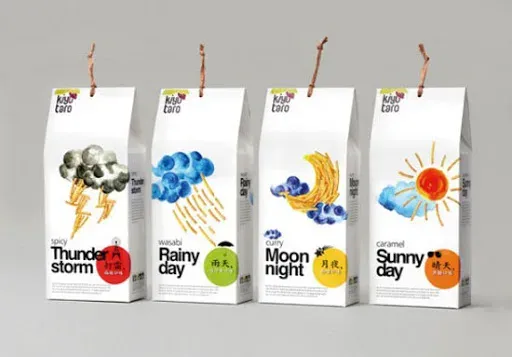
- Product adequacy. It should be clear to the consumer from the first second that the product hides the packaging and why its design looks like this. Otherwise, the buyer may feel inadequate or contradictory common sense and just don’t buy the product. Therefore, before launching the product, it is very important to know the opinion of consumers about it design and listen as much as possible to all wishes.
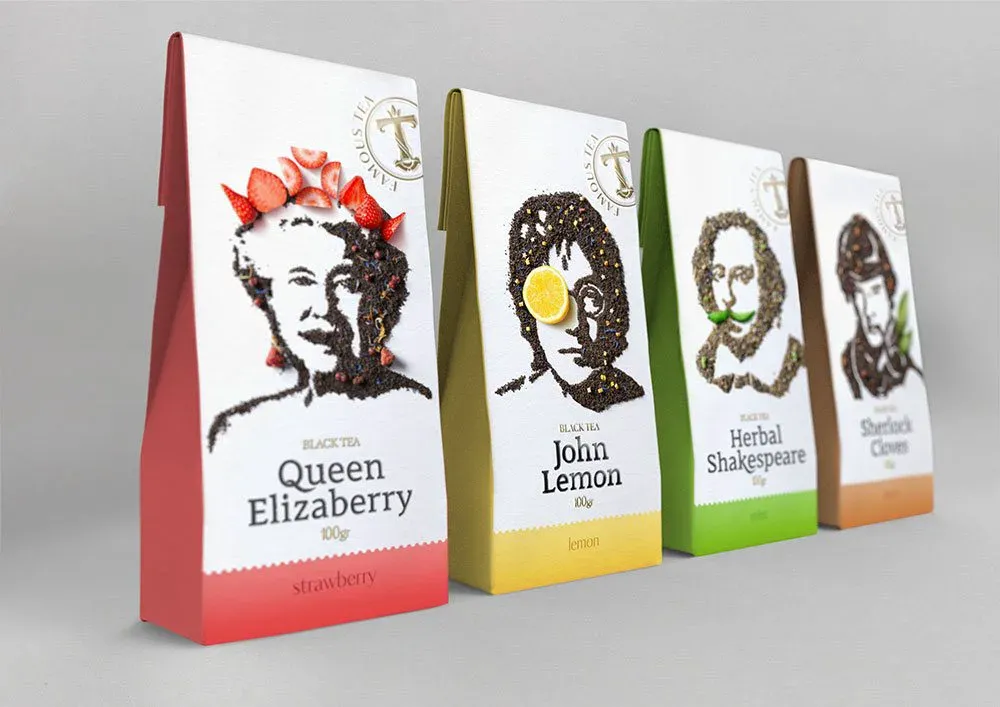
-
Level of protection against counterfeiting. Properly designed packaging can be endowed with a hologram or other elements that protects the product from counterfeiting.
-
The cost of production of packaging. You can almost always reduce the cost of packaging. But in the pursuit of cheapness, it is important to have time to stop as cheap execution can kill not only design idea of registration, but also sale of a product.
-
Color combination. Much of the success of future design will depend on the right color scheme. Color - is a fundamental language of packaging, through which communication with the consumer is nonverbal, subconscious level. It is the color that attracts the attention of consumers in the first place, forming in them the necessary “iystoping characteristics ». Color is also able to tell about the product category to which the product hidden under the package belongs. For example, white is more often than others used in the design of dairy products, and a combination of brown and black is characteristic of the design of coffee cans. Dark, deep and saturated shades of blue, red, green, brown colors, as well as black in combination with the moderate use of “gold” or “silver” will emphasize the “premium” product positioning.

- Quality of materials. The material from which it was made can also indicate that it belongs to a particular segment packaging. Thus, in the manufacture of beverage packaging glass due to its thickness and “weight” is perceived as a material which is used for more expensive products than thin and “light” PET. It should also be borne in mind that the packaging, as a rule, it becomes a large circulation, which means that it must be reproduced. Thus the engaged designer development of such packaging, must know the production technologies with which he will inevitably have to face in its manufacture.
Who should trust the packaging design?
As we have said, not every designer is able to take on the development of such an important element of branding as packaging. Probably everyone has their own way to determine the best, including in design, but our advice to you if you have already found a company that can comprehensively develop effective solutions for your brand - just trust it. Approach packaging design wisely, and the brand is sure to succeed with consumers!
